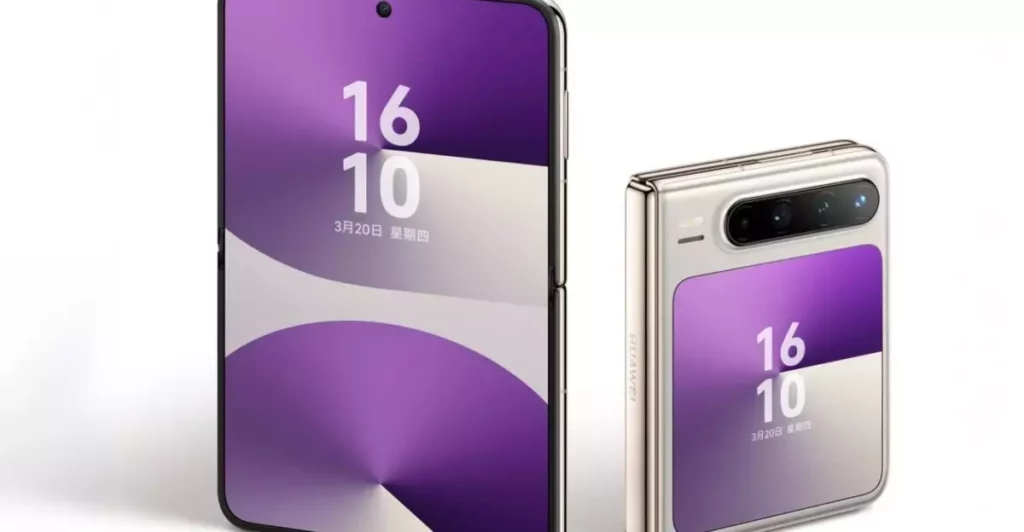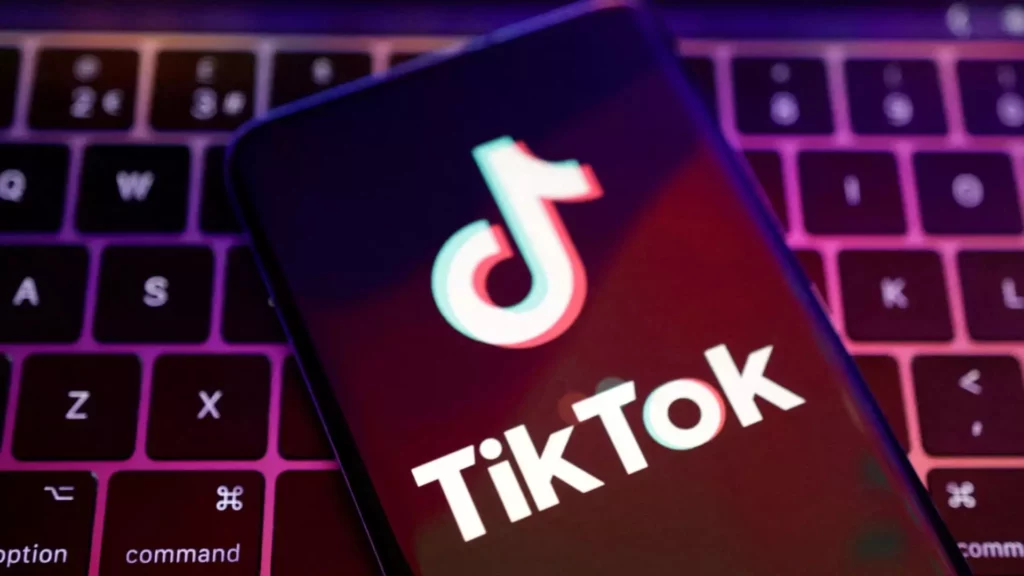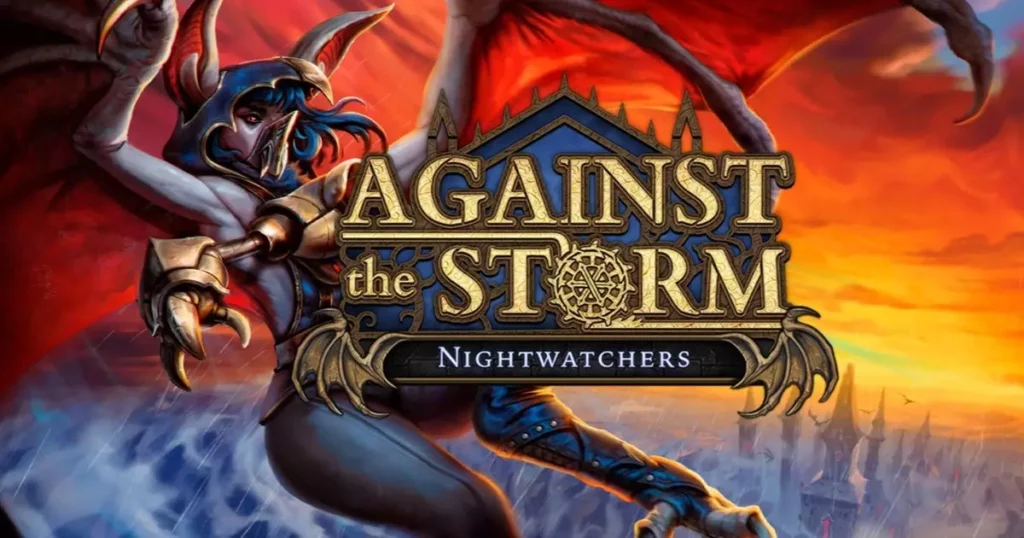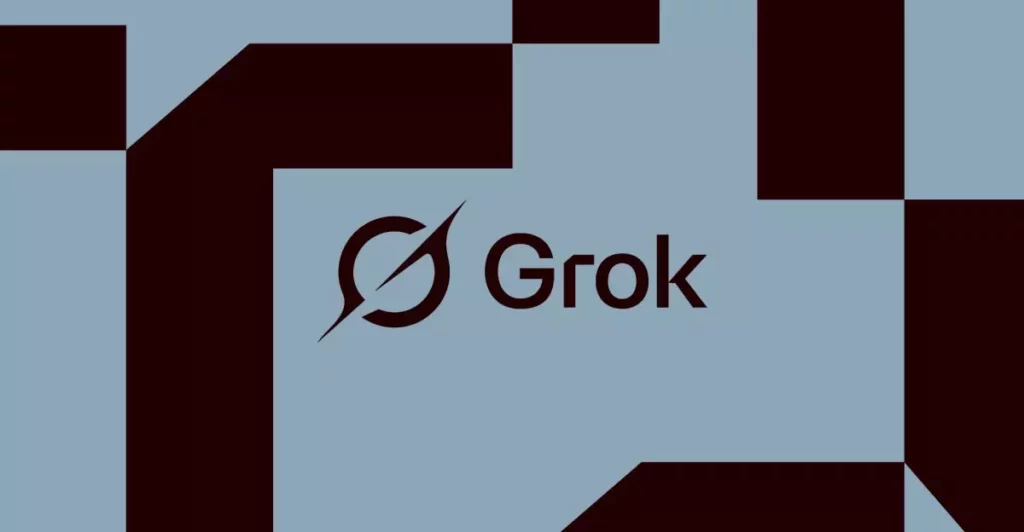In the ever-evolving landscape of smartphones, the Huawei Pura X represents a bold step away from the mundane designs that have dominated the market for years. Instead of the typical vertical flip mechanism that we often see in devices like the Samsung Galaxy Flip or Motorola Razr, the Pura X introduces a groundbreaking sideways opening. This innovative design is not merely an aesthetic choice; it enhances usability by offering a more expansive viewing experience that resonates with today’s multimedia-centric lifestyle.
When you consider how frequently our interactions with technology revolve around streaming, gaming, and other visual content, the horizontal format aligned with a 16:10 aspect ratio significantly amplifies user engagement. It’s not just a phone; it’s a visually immersive platform that sets a new standard for user experience.
Rethinking the Operating System
Perhaps the most provocative aspect of the Pura X is its complete departure from the Android operating system—a decision that underscores Huawei’s ambitions beyond the conventional smartphone framework. With the introduction of HarmonyOS Next, Huawei is positioning itself not merely as a participant in the tech marketplace but as a potential leader in a new digital ecosystem.
This move evokes strong sentiments; many will either embrace the ambitious leap into proprietary technology or be left wary of venturing away from a familiar software environment. The integration of the Harmony Intelligence AI assistant, powered by their own Pangu model, aims to create a tailored user experience—making one question whether this device is just a smartphone or the dawn of a unique digital identity.
What stands out is Nvidia CEO Jensen Huang’s recognition of Huawei as a rising entity within the AI sector. This endorsement reflects a significant paradigm shift whereby established giants may need to reconsider their dominance if challengers can innovate without the constraints of established software ecosystems. Huawei’s strategy appears aimed at autonomy—not just for the company, but for the user.
Pricing and Market Reception Challenges
At a premium price point of around $1,037, the Pura X isn’t targeting everyday consumers. Instead, it caters to early adopters and tech enthusiasts who are eager to experiment with cutting-edge design and software. The allure of a device that prefaces independent software from the conventional Android ecosystem is tempting, yet it also carries inherent risks.
While the premium price might attract early enthusiasts, the device’s lack of compatibility with the familiar Android app library may alienate mainstream users who prefer accessibility over novelty. Customers are generally resistant to substantial changes in their tech habits, especially when the alternative includes a vast array of applications and services they rely upon in their day-to-day lives. As Huawei pushes the envelope, they may find themselves navigating a precarious balance between pioneering innovation and commercial viability.
Add in the geopolitical tensions currently encircling Huawei, amid ongoing scrutiny and potential distrust, and you have a dynamic environment that could either enable or hamper the device’s adoption. The hesitation from consumers, knowledgeable of Huawei’s current standing in global politics, represents another formidable barrier to success in Western markets.
The New Frontier of AI and Personalization
Huawei’s Pura X is undoubtedly a bellwether for the future of mobile devices, emphasizing the increasing integration of artificial intelligence into daily interactions. As users become accustomed to personalized experiences that use AI to tailor services and applications, Huawei’s investment in its own software and technology points toward a significant industry upheaval.
By stepping away from the traditional app ecosystem and venturing into its proprietary solutions, Huawei is signaling a shift toward a new relationship with technology—a relationship that prioritizes not just connectivity but intertwines it with personalized experiences. As we see this transition, the narrative evolves: technological innovation is no longer just about enhancing connectivity; it is about leveraging artificial intelligence to create holistic user experiences.
The Pura X is emblematic of these changes, as Huawei seeks to lead the charge in this new frontier. It raises the question: what will the future of smartphones look like if companies prioritize personal autonomy over traditional frameworks? The gamble could redefine mobile technology, an audacious stance that could either guarantee Huawei’s place at the forefront or isolate it in a niche market defined by its own creation.
In this moment of significant transformation, Huawei is not merely waiting for the winds of change to blow its way; it is actively shaping the narrative of the future, stepping decisively into the unknown and challenging the status quo.









Leave a Reply